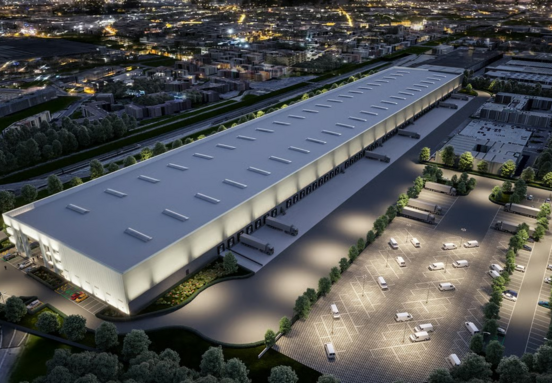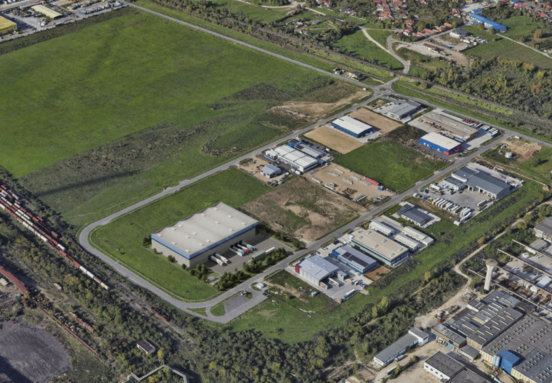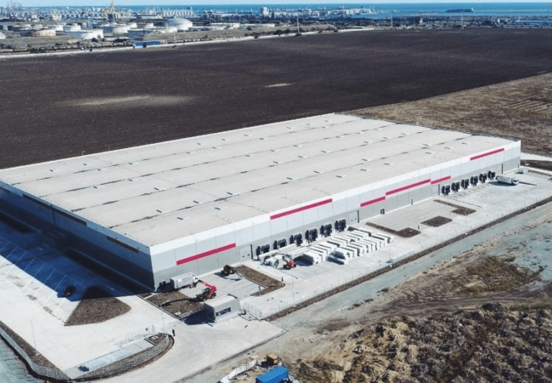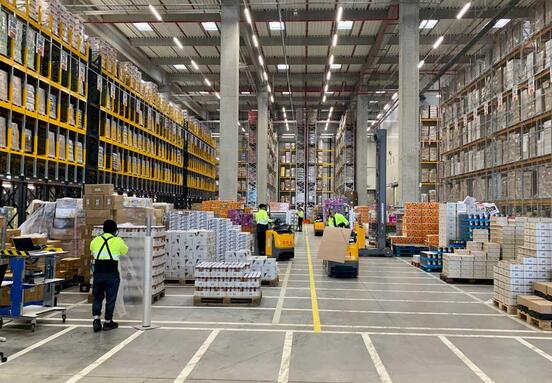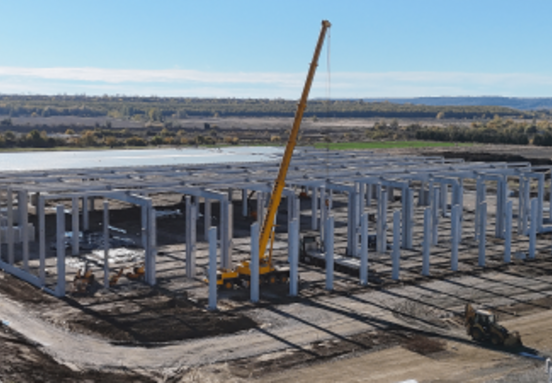“We also anticipate a gradual recovery of domestic demand, supported by both private consumption and investments,’ said Florentina Cozmanca, RBS Romania senior economist.
An increase by 2 per cent of GDP in 2014 also fits the estimations of Garanti Bank chief economist Rozalia Pal, who argues that in 2014 the agricultural production could be lower than in 2013 and that a slowdown in the advance of industrial production is also expectable after the pace of exports tempered down. Neither the more optimistic forecasts overlook the fact that 2013 has been an exceptionally good agricultural year. ‘We anticipate the economy to post a 2.6 per cent increase at the end of 2013, but there may be a slowdown to 2.1 per cent in 2014 once the effect of the previous good agricultural year fades away.
Exports and industry will stay the main growth factors, with help from external demand from Germany. The adjustment of workforce costs in the aftermath of the financial crisis helps Romania’s competitiveness, but limits the population’s purchasing power. The population’s consumption will also be affected by the speeding up of inflation, the slowdown in lending and the accentuation of political risk,’ said Mihai Patrulescu, UniCredit Tiriac Bank senior economist.
BCR chief analyst and vice-president of the Romanian Association of Financial – Banking Analysts (AAFBR) Eugen Sinca estimates that Romania’s economic advance will be 2.3 per cent in 2014 and mentions that this level is incompatible with the narrowing of the disparities that separate Romania from the eurozone or Asian and South American countries that now experience an economic boom. ‘The benefits of an economic growth above the current 2-3 per cent are multiple.
Firstly there is the consolidation of the middle class, the main consumer of goods and services in the economy. Secondly the budget deficit and public debt are kept under control without the need to resort to unpopular tax hikes or spending cuts, and social peace is thus preserved. Thirdly, domestic savings increase and as a result, the dependence on foreign capital inflows reduces, while Romania’s capability to resist shocks from foreign capital markets is reinforced.
A current account deficit of 1-2 per cent of GDP, a budget deficit of 2-3 per cent of GDP and an inflation rate around 3.5 per cent allow consumption and investments to grow, and at the same time project an image of stability to investors,’ said Eugen Sinca. (source: nineoclock.ro)
